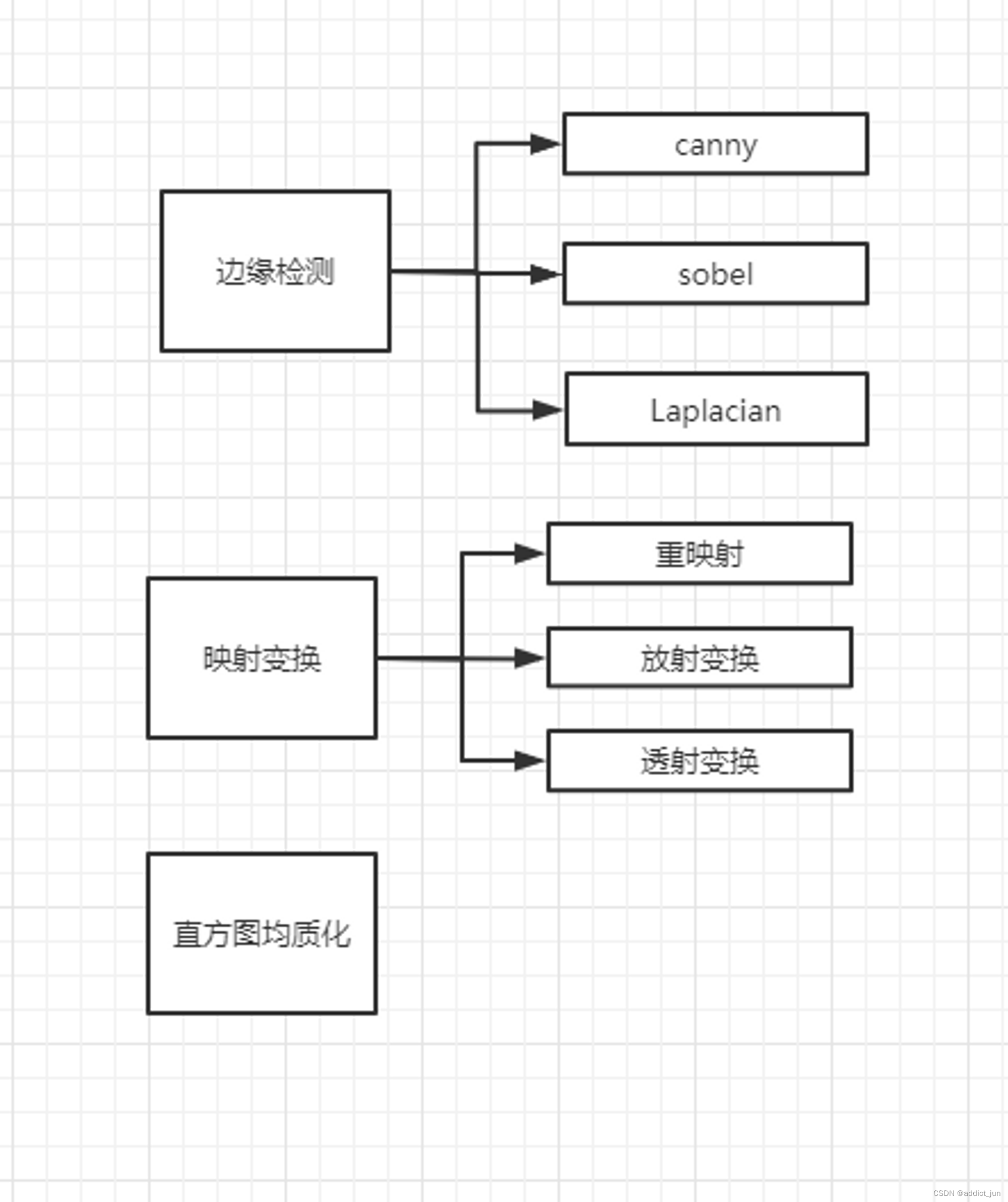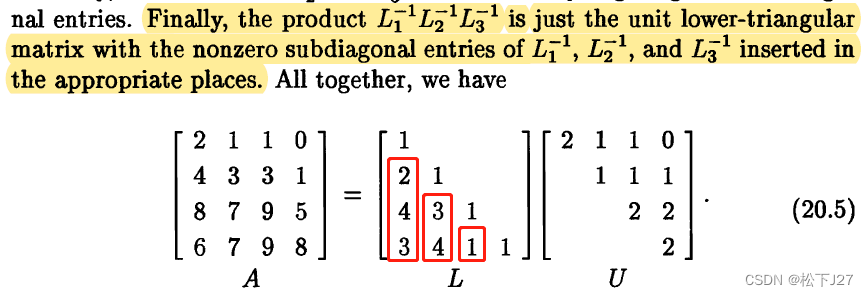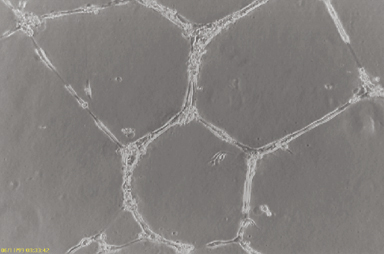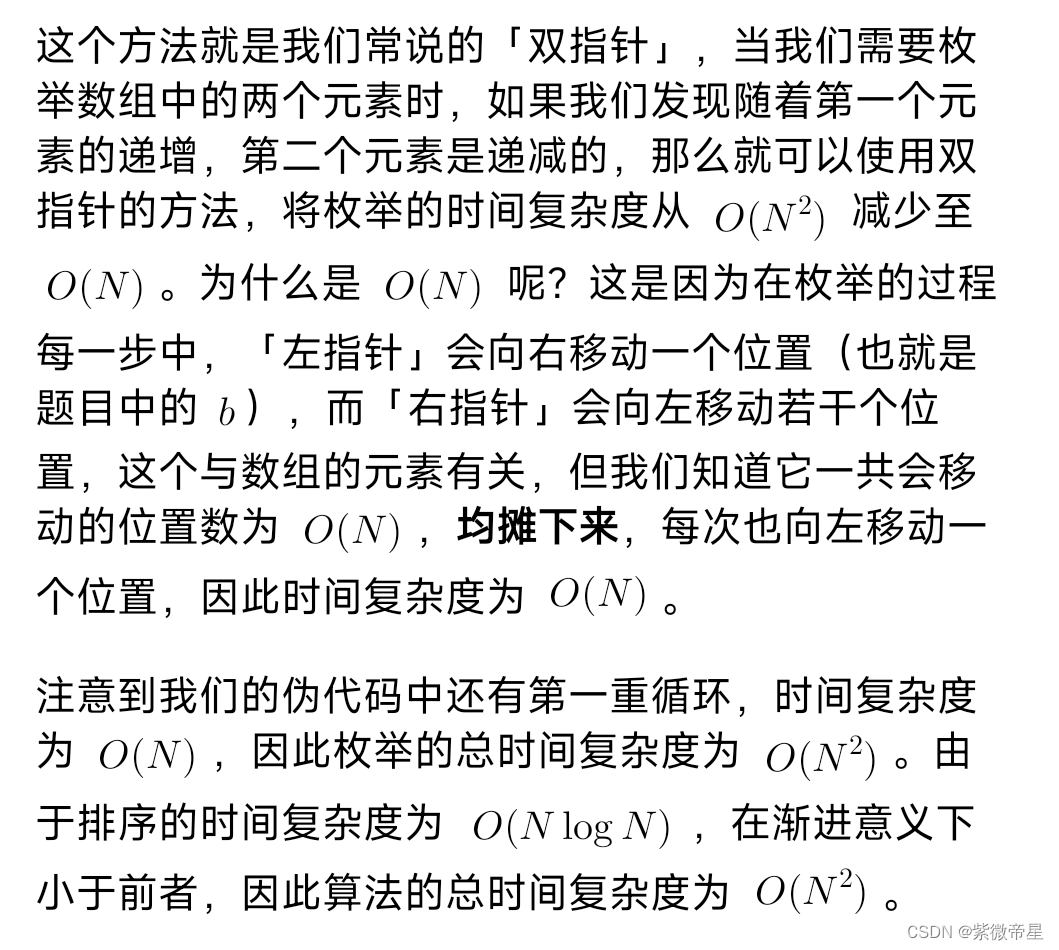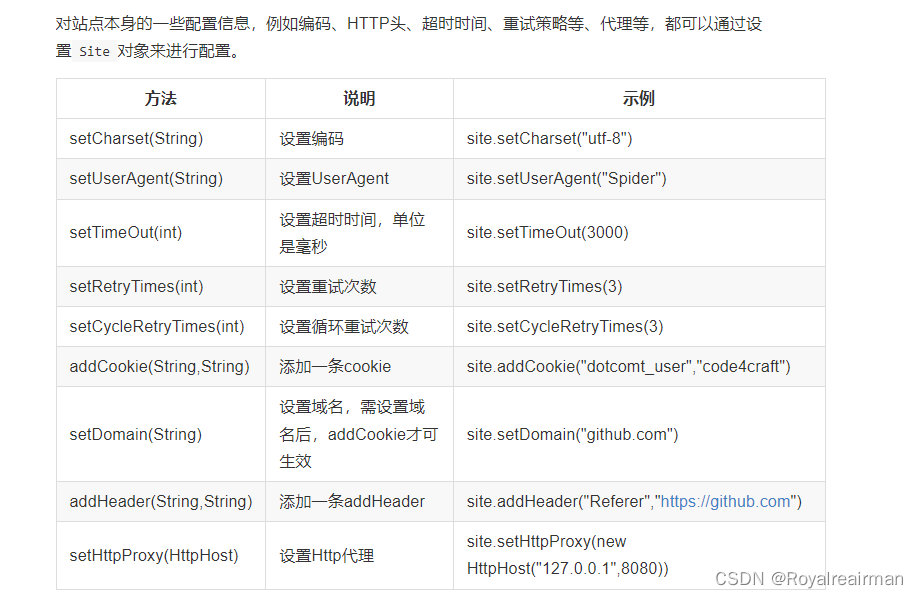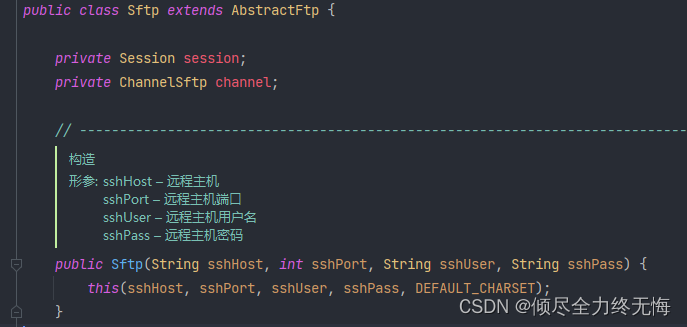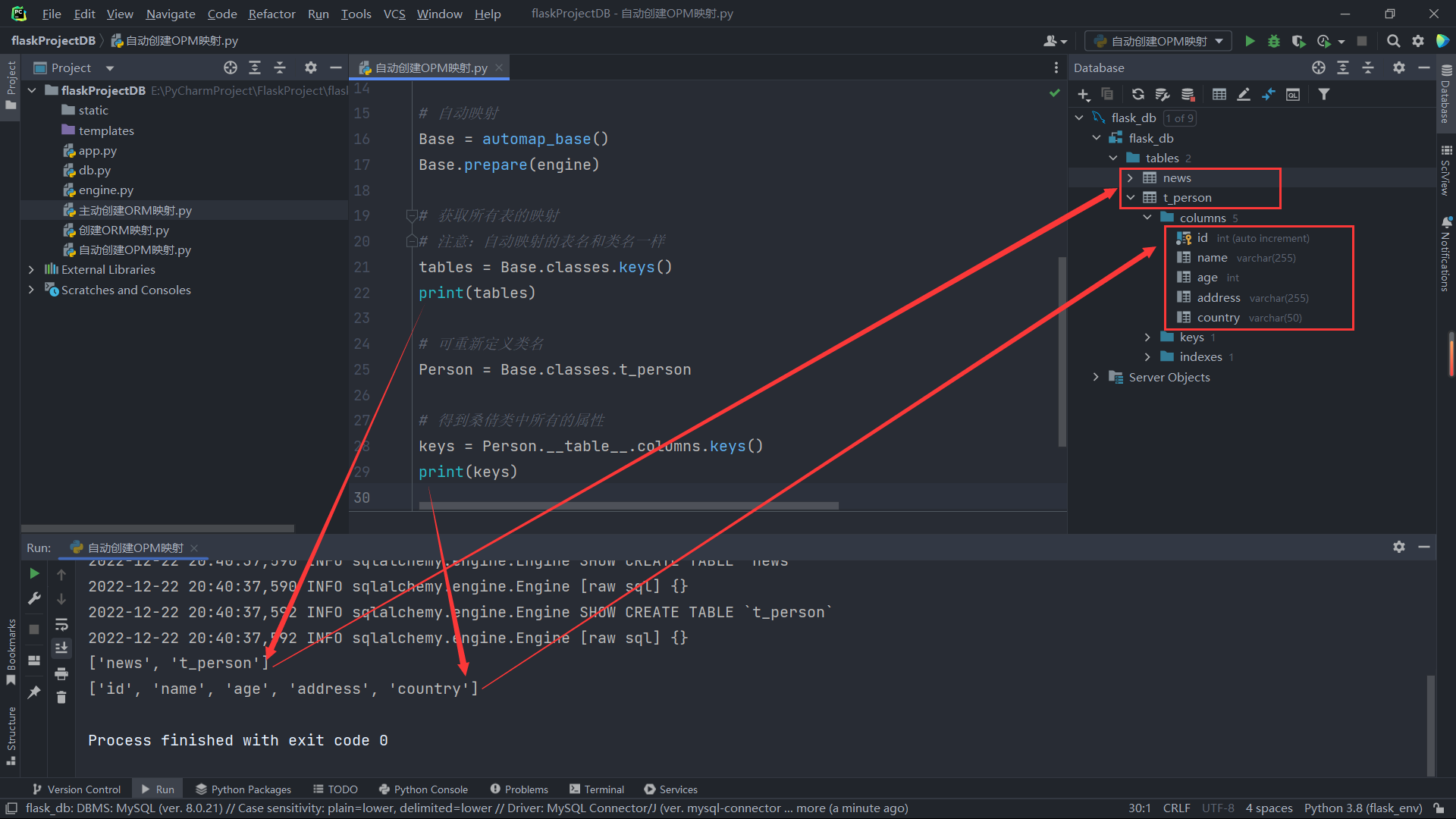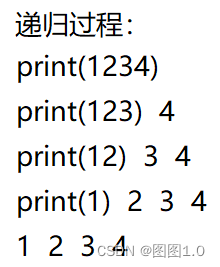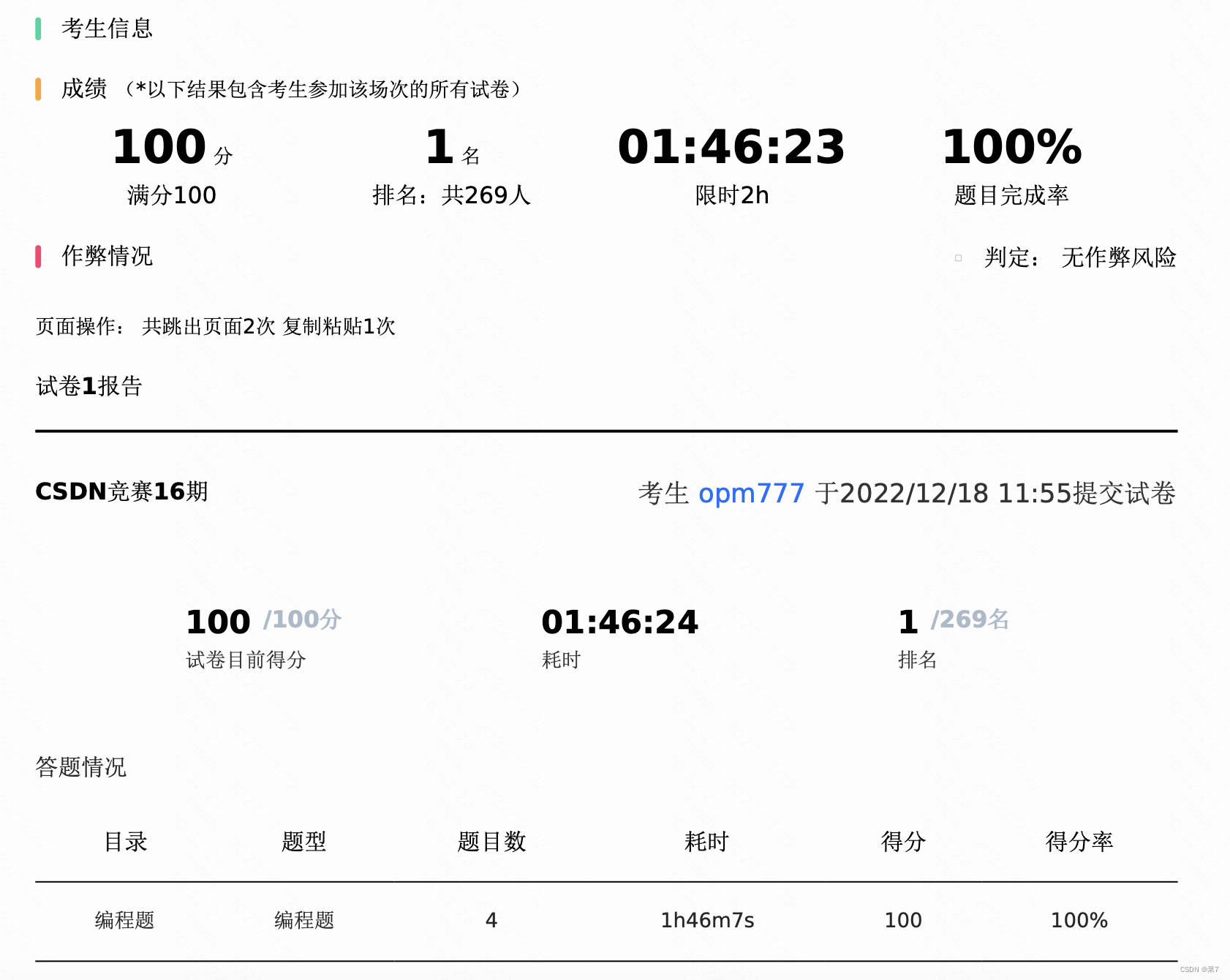【学习笔记】JDK源码学习之HashTable(附带面试题)
其他好文:
| 【学习笔记】JDK源码学习之LinkedHashMap(附带面试题 |
|---|
| 【学习笔记】JDK源码学习之HashMap(附带面试题) |
| 【学习笔记】JDK源码学习之Vector(附带面试题) |
| 【学习笔记】JDK源码学习之LinkedList(附带面试题) |
| 【学习笔记】JDK源码学习之ArrayList(附带面试题) |
什么是 HashTable ?它的数据类型是什么?和 HashMap 有什么关系?又和 HashMap 有什么区别?
老样子,老铁们系好安全带!发车—(深入了解 HashTable )。
由于
HashTable现在使用的并不多,本文并没有长篇大论,只有干货!!!
1、什么是HashTable?
Hashtable 和 HashMap 一样是一个集合,不过不同于 HashMap 的是,HashMap 允许 null 键与 null 值,而 Hashtable 不允许,HashMap 是线程不安全的,而Hashtable 是线程安全的,由于线程安全性问题,HashMap 相对于 Hashtable 效率会更高一些。
🌹 HashTable 的使用:
Hashtable<Object, Object> hashtable = new Hashtable<>();
通过上述我们能知道 HashTable 是 KV 的数据结构。那接下来让我们看看其的底层源码吧。
源码:
public class Hashtable<K,V>
extends Dictionary<K,V>
implements Map<K,V>, Cloneable, java.io.Serializable {
...
}
继承图:
![[外链图片转存失败,源站可能有防盗链机制,建议将图片保存下来直接上传(img-Lg7Nh9iO-1671711517725)(/Users/tiejiaxiaobao/Library/Application Support/typora-user-images/image-20221222115615229.png)]](https://img-blog.csdnimg.cn/8ba92f59a39643febacc3c1d2f4fe5d4.png)
在这里,我们看到 Hashtable 继承自 Dictionary 这个字典类,并实现了 Map、Cloneable和Serializable 接口,具体的这些接口作用以及 Map 接口里的方法已在之前的 HashMap 解析中介绍过,没看过的同学可以参考上面的推荐文章嗷。下面着重看下Dictionary这个抽象类中的方法。
Dictionary:
public abstract
class Dictionary<K,V> {
/**
* 一个空的构造方法
*/
public Dictionary() {
}
/**
* 一个用于计算长度的抽象方法
*/
abstract public int size();
/**
* 一个用于判断是否为空的抽象方法
*/
abstract public boolean isEmpty();
/**
* 一个用于取出key的抽象方法,取出类型为枚举
*/
abstract public Enumeration<K> keys();
/**
* 一个用于取出value的抽象方法,取出类型为枚举
*/
abstract public Enumeration<V> elements();
/**
* 根据key值取出value
*/
abstract public V get(Object key);
/**
* 以key对应value的形式存放值
*/
abstract public V put(K key, V value);
/**
* 根据key值移除某个元素
*/
abstract public V remove(Object key);
}
我们可以通过看上面的注释和方法来理解这个 Dictionary 。因为其是 抽象类 除了构造函数都是抽象方法,当 HashTable 继承 Dictionary 的时候则需要实现其的所有 抽象方法 。
2、HashTable中常用的变量、构造函数和方法
2.1 HashTalbe 中常用的变量
源码:
/**
* The hash table data.
*/
private transient Entry<?,?>[] table;
/**
* The total number of entries in the hash table.
*/
private transient int count;
/**
* The table is rehashed when its size exceeds this threshold. (The
* value of this field is (int)(capacity * loadFactor).)
*
* @serial
*/
private int threshold;
/**
* The load factor for the hashtable.
*
* @serial
*/
private float loadFactor;
/**
* The number of times this Hashtable has been structurally modified
* Structural modifications are those that change the number of entries in
* the Hashtable or otherwise modify its internal structure (e.g.,
* rehash). This field is used to make iterators on Collection-views of
* the Hashtable fail-fast. (See ConcurrentModificationException).
*/
private transient int modCount = 0;
/** use serialVersionUID from JDK 1.0.2 for interoperability */
private static final long serialVersionUID = 1421746759512286392L;
table:存储数据的table数组。count:Hashtable中元素的总数。threshold:阈值。loadFactor:加载因子。modCount:修改次数。serialVersionUID:版本ID号。
2.2 HashTable 中的构造函数
源码:
/**
* Constructs a new, empty hashtable with the specified initial
* capacity and the specified load factor.
*
* @param initialCapacity the initial capacity of the hashtable.
* @param loadFactor the load factor of the hashtable.
* @exception IllegalArgumentException if the initial capacity is less
* than zero, or if the load factor is nonpositive.
*/
// inialCapacity 为初始值
public Hashtable(int initialCapacity, float loadFactor) {
// 判断是否小于零,如果小于零则抛出 IllegalArgumentException 异常。
if (initialCapacity < 0)
throw new IllegalArgumentException("Illegal Capacity: "+
initialCapacity);
// 判断负载因子是否合法,如果不合法则抛出异常
if (loadFactor <= 0 || Float.isNaN(loadFactor))
throw new IllegalArgumentException("Illegal Load: "+loadFactor);
// 如果传入的初始值为0,则自动设置为1
if (initialCapacity==0)
initialCapacity = 1;
this.loadFactor = loadFactor;
table = new Entry<?,?>[initialCapacity];
// 设置阀值
threshold = (int)Math.min(initialCapacity * loadFactor, MAX_ARRAY_SIZE + 1);
}
/**
* Constructs a new, empty hashtable with the specified initial capacity
* and default load factor (0.75).
*
* @param initialCapacity the initial capacity of the hashtable.
* @exception IllegalArgumentException if the initial capacity is less
* than zero.
*/
// 定义初始值,因子为0.75
public Hashtable(int initialCapacity) {
this(initialCapacity, 0.75f);
}
/**
* Constructs a new, empty hashtable with a default initial capacity (11)
* and load factor (0.75).
*/
// 设置初始容量为11,负载因子为0.75
public Hashtable() {
this(11, 0.75f);
}
/**
* Constructs a new hashtable with the same mappings as the given
* Map. The hashtable is created with an initial capacity sufficient to
* hold the mappings in the given Map and a default load factor (0.75).
*
* @param t the map whose mappings are to be placed in this map.
* @throws NullPointerException if the specified map is null.
* @since 1.2
*/
public Hashtable(Map<? extends K, ? extends V> t) {
// 比较两倍的Map长度和11谁大,不免不必要的空间浪费
this(Math.max(2*t.size(), 11), 0.75f);
putAll(t);
}
通过源码我们能知道 HashTable 有四种构造函数:
Hashtable()Hashtable(Map<? extends K, ? extends V> t)Hashtable(int initialCapacity)public Hashtable(int initialCapacity, float loadFactor)
2.3 HashTable 中常用的方法
♣️ 2.3.1 方法
源码:
// 加锁
public synchronized V put(K key, V value) {
// Make sure the value is not null
// 如果value为null,则抛出 NullPointerException 异常
if (value == null) {
throw new NullPointerException();
}
// Makes sure the key is not already in the hashtable.
Entry<?,?> tab[] = table;
// 这里注意如果key空则也会抛出异常
int hash = key.hashCode();
// 寻址法来进行寻找地址
int index = (hash & 0x7FFFFFFF) % tab.length;
@SuppressWarnings("unchecked")
Entry<K,V> entry = (Entry<K,V>)tab[index];
// 遍历table[index]所连接的链表,查找是否已经存在key与需要插入的key值相同的节点,如果存在则直接更新value,并返回旧的value。
for(; entry != null ; entry = entry.next) {
if ((entry.hash == hash) && entry.key.equals(key)) {
V old = entry.value;
entry.value = value;
return old;
}
}
// 如果table[index]所连接的链表上不存在相同的key,则通过addEntry()方法将新节点加载链表的开头。
addEntry(hash, key, value, index);
return null;
}
通过上述代码我们能知道 HashTable 有一下几个特点:
- 因为加了
synchronized,所以是线程安全的,但是效率是比较低的。 - 源码中首先判断了
value是否为null是否为空,如果为空则就抛出NullPointerException异常。同时也使用了key.hashCode(),如果key为null的时候则也会抛出异常。这就是为什么HashTable中KV不能为null的原因。 - 在使用
put()方法时,首先会先循环判断是否已经存在key,如果存在则直接替换,反之添加。
补充 addEntry 方法
private void addEntry(int hash, K key, V value, int index) {
modCount++; // 操作次数加一
Entry<?,?> tab[] = table;
// 首先判断容量是否充足,如果不充足则扩容
if (count >= threshold) {
// Rehash the table if the threshold is exceeded
rehash();
tab = table;
hash = key.hashCode();
index = (hash & 0x7FFFFFFF) % tab.length;
}
// Creates the new entry.
@SuppressWarnings("unchecked")
// 创建新的entry
Entry<K,V> e = (Entry<K,V>) tab[index];
// 放入数组中
tab[index] = new Entry<>(hash, key, value, e);
// hashtable长度加1
count++;
}
♣️ 2.3.2 rehash 方法
此放在也在上面的 addEntry 中使用过,用于扩容。就让我们深入的看看它的具体实现方式吧。
源码:
protected void rehash() {
// 获取旧的容量
int oldCapacity = table.length;
Entry<?,?>[] oldMap = table;
// overflow-conscious code
// 扩容,长度为两倍加1
int newCapacity = (oldCapacity << 1) + 1;
//判断新容量是否超出的最大值,如超出了更改为最大值
if (newCapacity - MAX_ARRAY_SIZE > 0) {
// 判断原来的容量是否就是最大值,如果是的就直接返回
if (oldCapacity == MAX_ARRAY_SIZE)
// Keep running with MAX_ARRAY_SIZE buckets
return;
newCapacity = MAX_ARRAY_SIZE;
}
// 创建新的entry数组
Entry<?,?>[] newMap = new Entry<?,?>[newCapacity];
// 操作数加1
modCount++;
// 计算阀值
threshold = (int)Math.min(newCapacity * loadFactor, MAX_ARRAY_SIZE + 1);
// 把新的entry赋值给table
table = newMap;
// //循环遍历旧的元素并重新hash
for (int i = oldCapacity ; i-- > 0 ;) {
for (Entry<K,V> old = (Entry<K,V>)oldMap[i] ; old != null ; ) {
Entry<K,V> e = old;
old = old.next;
int index = (e.hash & 0x7FFFFFFF) % newCapacity;
e.next = (Entry<K,V>)newMap[index];
newMap[index] = e;
}
}
}
具体流程已经在上方的注释中写过了,这里就不再具体赘述了。
♣️ 2.2.3 get 方法
源码:
// 加synchronized锁访问
public synchronized V get(Object key) {
Entry<?,?> tab[] = table;
// 哈希 key 的值
int hash = key.hashCode();
// 重新获取下标加索引
int index = (hash & 0x7FFFFFFF) % tab.length;
// 循环遍历
for (Entry<?,?> e = tab[index] ; e != null ; e = e.next) {
// 判断 hash值equals是否相等
if ((e.hash == hash) && e.key.equals(key)) {
return (V)e.value;
}
}
return null;
}
♣️ 2.2.4 remove 方法
源码:
public synchronized V remove(Object key) { // 加锁,即线程安全
Entry<?,?> tab[] = table;
// 获取hash值
int hash = key.hashCode();
// 查找下标值
int index = (hash & 0x7FFFFFFF) % tab.length;
@SuppressWarnings("unchecked")
Entry<K,V> e = (Entry<K,V>)tab[index];
// 循环遍历
for(Entry<K,V> prev = null ; e != null ; prev = e, e = e.next) {
// 判断是否存在key
if ((e.hash == hash) && e.key.equals(key)) {
// 操作数加一
modCount++;
// 进行链表删除操作
if (prev != null) {
prev.next = e.next;
} else {
tab[index] = e.next;
}
// 总长度减1
count--;
V oldValue = e.value;
e.value = null;
return oldValue;
}
}
return null;
}
3、HashTable常见面试题
1、HashTable 中的默认值是多少?
2、HashTable 的底层数据结构是什么?
3、HashTable是否是线程安全的?
4、HashTable 每次扩容的容量是多大?
5、HashTable又和HashMap有什么区别呢?
参考答案地址: 地址
